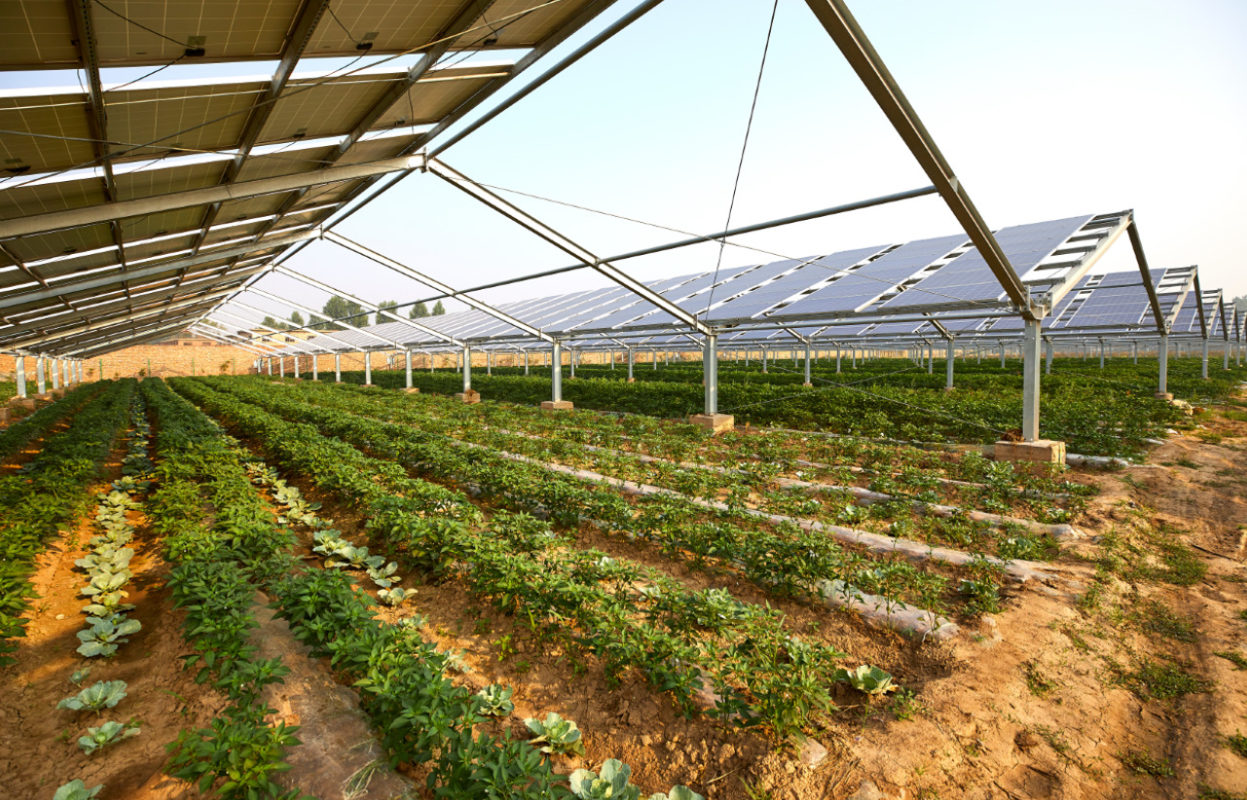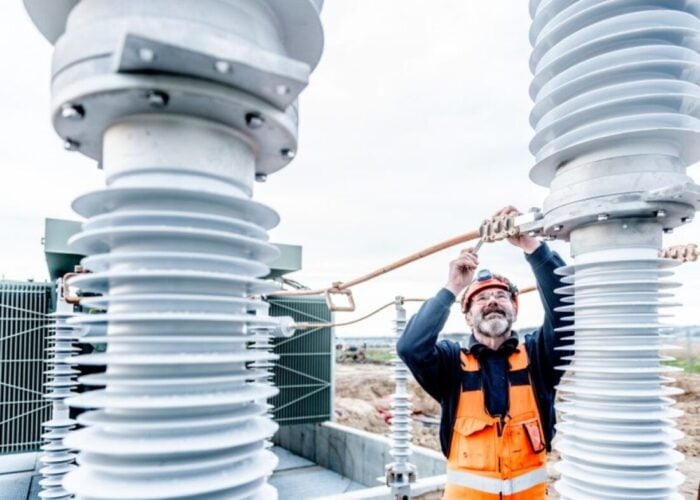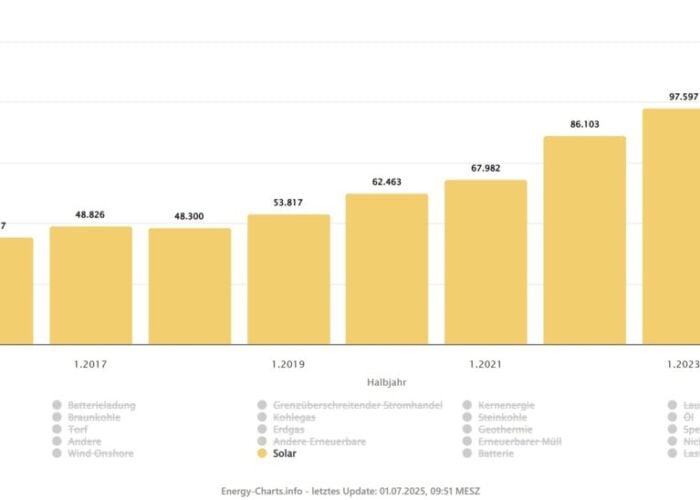
Israel-headquartered inverter provider SolarEdge and the regional council of the Scania region, in southernmost Sweden, will develop a pilot agrivoltaics (agriPV) project to trial the technology in Swedish conditions.
AgriPV is the practice of deploying solar modules on the same land as agriculture – either crops or livestock – often referred to as “dual use”. Possible locations for the test site are currently being assessed.
Unlock unlimited access for 12 whole months of distinctive global analysis
Photovoltaics International is now included.
- Regular insight and analysis of the industry’s biggest developments
- In-depth interviews with the industry’s leading figures
- Unlimited digital access to the PV Tech Power journal catalogue
- Unlimited digital access to the Photovoltaics International journal catalogue
- Access to more than 1,000 technical papers
- Discounts on Solar Media’s portfolio of events, in-person and virtual
The test facility will deploy three configurations of solar modules: vertically mounted in a ‘landscape’ configuration, vertically mounted in a ‘portrait’ configuration and tracker-mounted to change bias throughout the day. Researchers will then measure the impact on both solar power and agricultural production.
SolarEdge – which is one of a number of bodies with a partnership stake in this project – said that the site will also trial its power optimiser inverter systems, which “enable individual solar panels to produce at their maximum level regardless of orientation, shade or soiling.”
Daniel Sjödin, SolarEdge country manager for Sweden said: “It is highly likely that solar panels will become soiled with dust when used in agriPV, as a result of agricultural machinery driving in between the rows of crops.
“For this reason, we believe that using individually optimised and monitored panels to maximise energy production can be a great advantage here. With traditional technology, all panels connected on the same string will only produce at the level of the lowest producing unit.”
In July 2023, research published in the Progress in Photovoltaics journal used a test field in Denmark to trial different module configurations at agriPV plants. It found that single-axis tracker modules and vertically mounted modules in ‘fence-like’ rows offered the most stable levels of solar irradiance reaching the ground, and tracker-mounted panels the highest electricity output. The same research found that Europe theoretically has the potential to deploy 51TW of agriPV capacity across all suitable farmland.
Tove Zellman, project manager for the site at the Scania Regional Council said: “In Scania County, we have a high demand for land use, with food production being very important. We want to find new ways to use the land in the most efficient way.”
She continued, saying that the council wanted to make its community aware of “how the conflict of interest between food production and solar power on Scania County’s agricultural land can be managed.”
Scania Regional Council is the project owner, in partnership with the Scania County County Administrative Board, Energikontor Syd, the Swedish University of Agricultural Sciences, Mälardalen University and the research institute RISE. Additional participating partners are the Swedish Farmers’ Association, the sugar industry’s research arm Nordic Beet Research, SolarEdge and Swedish solar developer Alight.
The budget for this test site is around SEK20 million (US$1.94 million), around SEK8 million (US$780,000) of which was provided by the European Regional Development Fund (ERDF). The EU has backed agriPV before; its Joint Research Committee (JRC) published findings last October that said that the bloc could deploy 944GW of agriPV on around 1% of available farmland.
The last year has not been smooth sailing for SolarEdge; its Q4 2023 inverter shipments dropped by 74% sequentially, following a significant drop in demand, and in January this year it announced plans to lay off 16% of its global workforce to “reduce operating expenses”.







